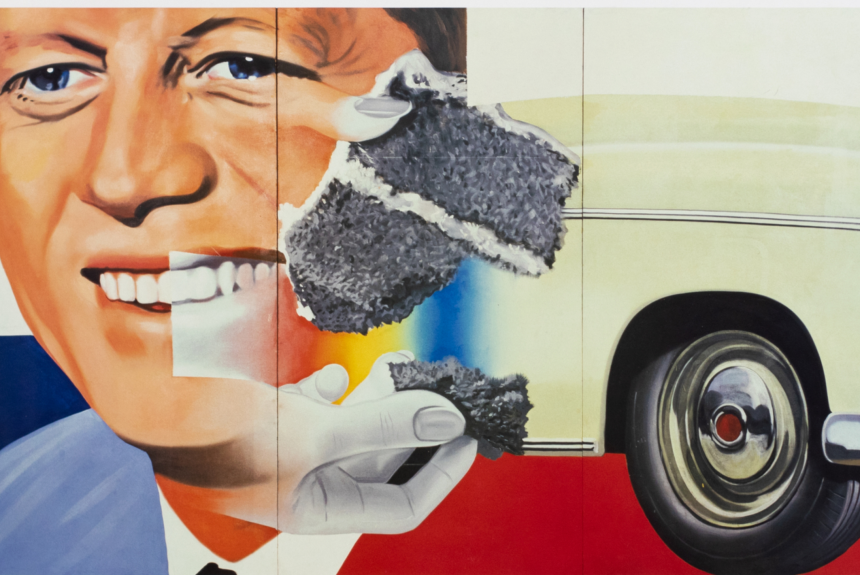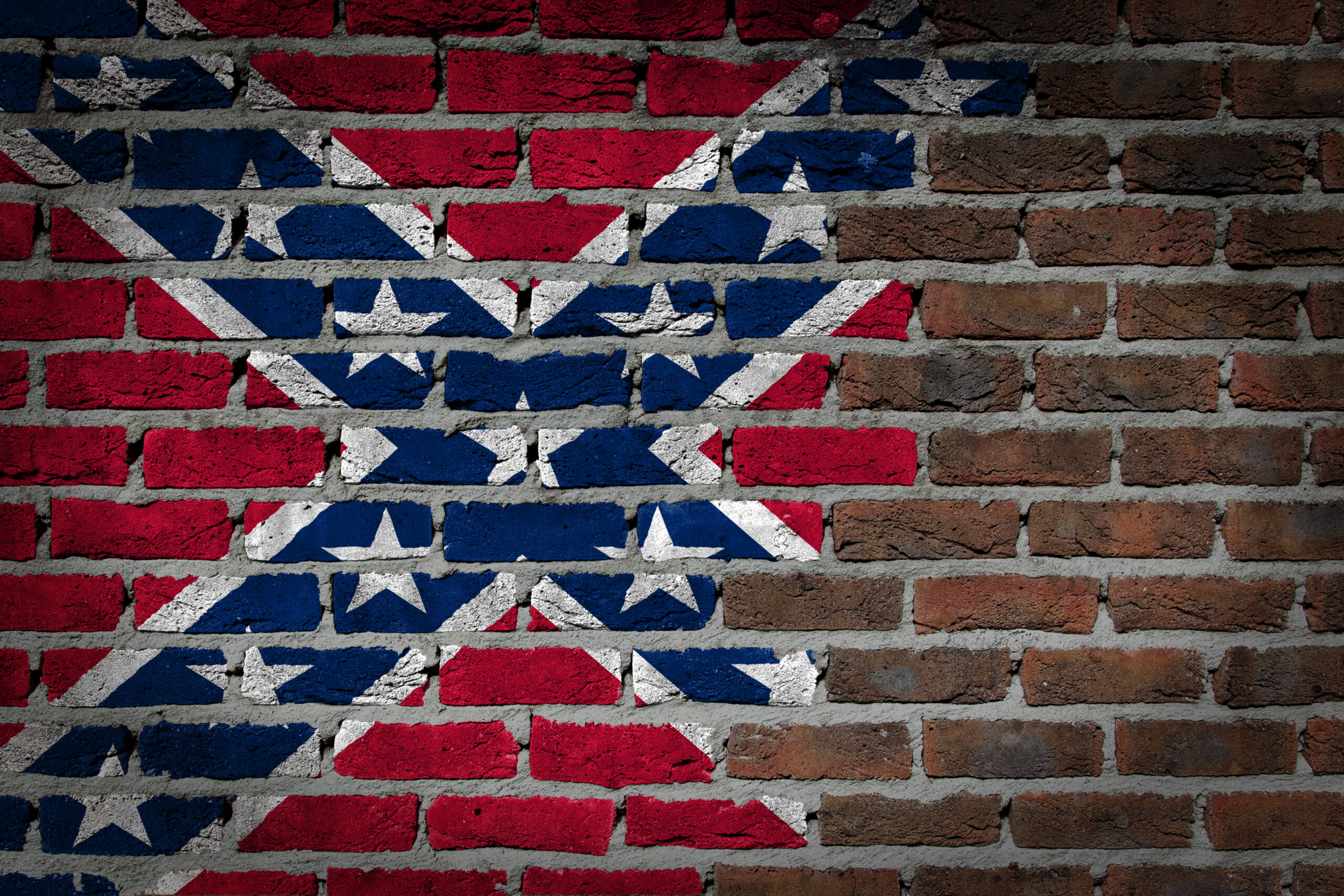There have been efforts to make peace a social science by various academics. After the Second World War, American scholars focused on peace in relation to the cold war. However, Johan Galtung (Norway) made a break with this and referenced peace to reducing structural violence, that was, the conflict between developed and developing countries. Later Galtung expanded peace to be a response to the ascendent cultural violence in terms of religious, ethnic, caste, racial and economic conflicts.
Meanwhile, India had a very different trajectory of peace and peace education. Gandhi’s autobiography (Experiments with Truth) was seen as the personification of nonviolence and peace. Achieving peace was viewed as a psychological state of mind of a person that was achievable through a particular way of thinking and living. This was more holistic and was viewed as a non-dualistic approach.
In 2001 – 2010 during the UN Decade of the Culture of Peace, there was a great deal of experimentation and research taken up in numerous countries on different ways of introducing peacemaking into school curriculum and classrooms, or what was termed later as education for peace.
To celebrate International Day of Peace, we will focus on some of the features of both Western and Gandhian ways of carrying out peacemaking. This will give us greater understanding on the range of perspectives of peacebuilding.
Sorry, this event has ended. To access the recording, please Become a Member and then enjoy all videos free of charge.
Alternatively, you can rent and watch this video on Vimeo.
To register for new events, please, check our Schedule.
SPEAKER – JILL CARR-HARRIS
Jill hails from Toronto Canada. She first came to India with the United Nations Development Program in 1985. Fascinated by international development, Jill lived and worked in the Philippines, Nepal, Bangladesh and India. Jill founded two civil society organizations in India: South-South Solidarity in 1986, and the Jai Jagat International in 2015. In both these organizations she combined education, women’s issues, and international development.
Jill received her PhD in education from the University of Toronto. Instead of taking up a position as a research scholar, Jill focused on training of marginalized communities especially women; as well as with youth on peace and justice issues. In 2007 Jill helped to establish the International Gandhi Institute for Nonviolence and Peace (IGINP) in Madurai, Tamilnadu and in 2017 supported the establishment of its sister organization – IGINP Canada. In 2019-2020, Jill helped to lead a cross-continental peace walk of fifty
persons from New Delhi to Geneva just before the onset of the Corona pandemic.





Leave a Reply